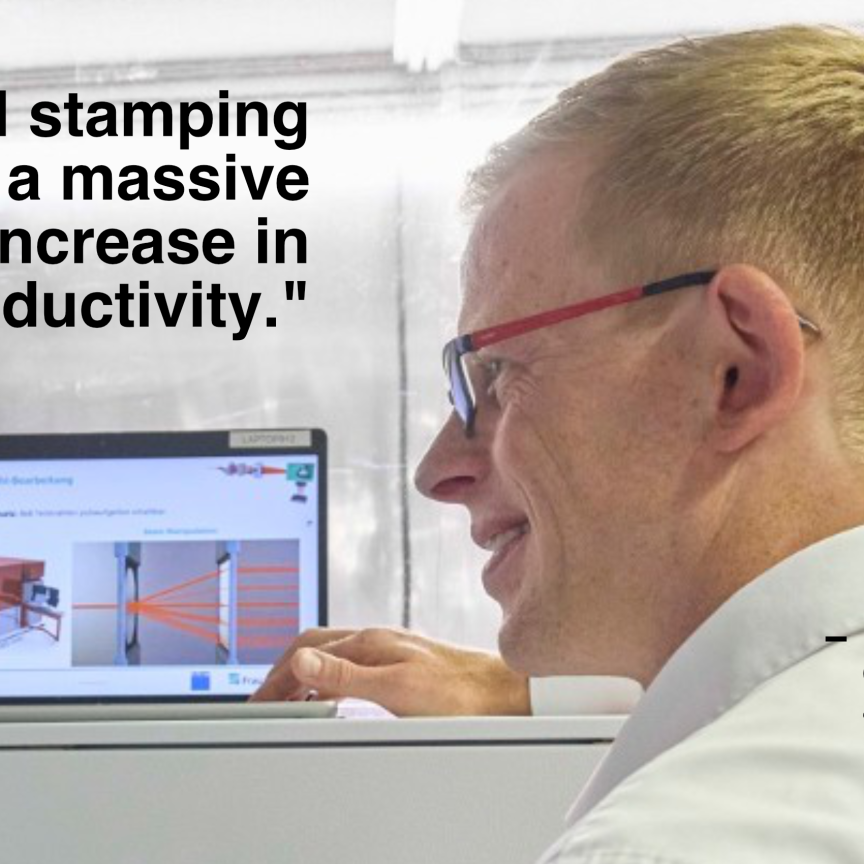Researchers from The Hebrew University of Jerusalem, Los Alamos National Laboratory, and Ulm University have collaborated to successfully integrate single-photon sources onto tiny chips at room temperature.
The achievement may offer promise for the creation of practical quantum photonic devices, advancing capabilities toward the development of quantum technologies that encompass computing, communication, and sensing.
The finding arose from a study led by Boaz Lubotzky during his PhD research and Prof. Ronen Rapaport, who used a hybrid metal–dielectric bullseye antenna to support precise photon directionality.
According to The Hebrew University of Jerusalem, the antenna can enable efficient back-excitation of photons through a sub-wavelength hole at the antenna's centre. Such a setup allows both direct back-excitation and highly efficient front coupling of emission to low numerical aperture optics or optical fibres.

The researchers found that antenna's unique structure allows photons to be efficiently coupled into an optical fibre at room temperature (Image: Alexander Nazarov)
Speaking about the finding, Boaz Lubotzky said: "By overcoming key challenges associated with on-chip integration of single-photon sources, we have opened up exciting new possibilities for the development of advanced quantum technologies."
The concept put forward by the researchers has shown promise in helping to fabricate devices containing either colloidal quantum dots, or nanodiamonds containing silicon-vacancy centres – both of which are strong single photon emitters at room temperature. The emitters during the study were positioned using two distinct nanopositioning methods.
Results showed that both of back-excited devices displayed front collection efficiencies of approximately 70% at numerical apertures as low as 0.5. With this, it is possible to use simple and compact optical elements and still collect most of the photons into the desired channel. Alternatively, it is feasible to send the emitted photons into a nearby optical fibre without the need for any further coupling optics.
With the single-photon discovery, it is hoped that streamlined coupling efforts could help to simplify future technology, making practical quantum photonic devices more feasible and opening opportunities for commercial applications and products.


